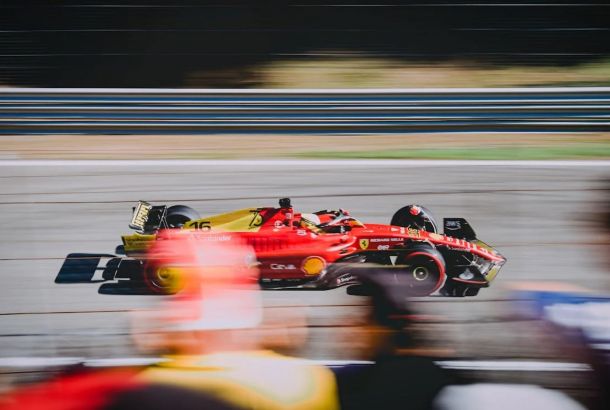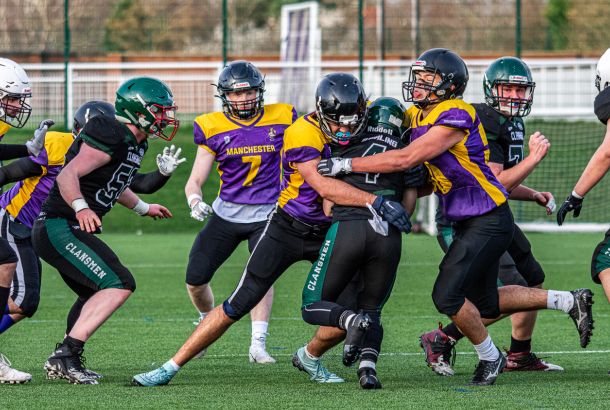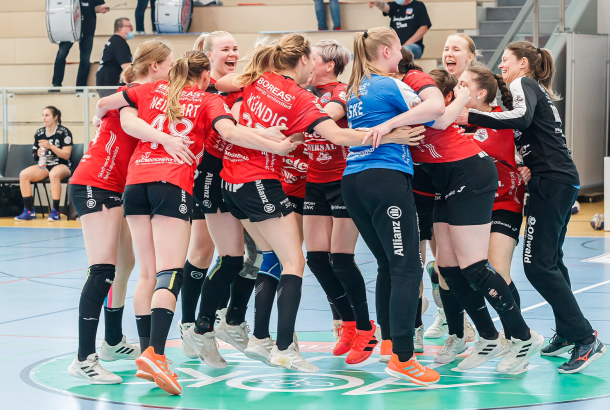Inquiry adds to Olympic Stadium woes
West Ham United have not had the easiest of moves to the Olympic Stadium, and the situation is showing little signs of improving. On Tuesday, Mayor of London Sadiq Khan announced an inquiry into the rising costs of redeveloping the stadium. This has followed a disappointingly poor run of form which has seen the Hammers fall to seventeenth in the Premier League table a quarter of their way through the season, and an early exit from the Europa League to Romania’s Astra Giurgiu. Add to this the on-going controversy over hooliganism at games — reaching a flashpoint at United’s EFL Cup tie with Chelsea — and the optimism exuded at their goodbye ceremony at the Boleyn Ground now seems a very long time ago.
Various explanations have been given for the instances of crowd trouble at West Ham’s home matches. The layout of the stadium — precisely the placement in the stadium of away fans — has been given as one, along with inadequate turnstiles for away supporters. The ambiguity over whether West Ham — as tenants — are responsible for security, or if its the responsibility of the Stadium’s owners or the Metropolitan Police, has also proved troubling. West Ham vice-chairwoman Karren Brady has had to issue a statement calling on a “five-point security plan”. The plan includes “Creating more distance between opposing fans to prevent missile throwing” and “employing the enhanced tactic of issuing a group of stewards with handheld video cameras”.
Of course, as has been pointed out, the elephant in the stadium is that there would be little need to debate the layout, policing, stewarding, or turnstiles, had fans not turned to violence. David Hytner of The Guardian has said that “It is remarkable how so little of the discussion is given over to the basic requirement for adults to behave in a socially acceptable manner” and it is certainly a point worth making. It also shows how large a problem this is, and how it’s unlikely to be resolved for some time.
Further embarrassment for the operators of the stadium came this last week, when Mayor of London Sadiq Khan ordered an investigation into the redevelopment the Olympic Stadium. This was after it had emerged that the cost of converting it to a joint football/athletics stadium had risen by around 50 million pounds. The original cost — as former Mayor Boris Johnson had announced in 2015 — was projected to be £272m but recent estimates put the figure at £323m.
Despite now largely being used for West Ham United football matches, the stadium is still publicly owned, and so the majority of the costs were funded by public bodies. West Ham will not be the focus of the inquiry, as they are not the operators of the Stadium, but will still not welcome the prolonged controversy their new home has attracted.
This is not the first time that the new Mayor has raised concerns with some infrastructure legacies of his predecessor. In September Khan announced that there would be an inquiry into the “Garden Bridge”, over whether the £60m of public money granted to the controversial project was worthwhile.
Mayor of London Sadiq Khan (right) with U.S. Secretary of State John Kerry Photo: U.S. Embassy London@flickrIt is also not the first publicly-backed major football stadium to go over budget. The Football Association had originally earmarked £757m for the construction of the new Wembley Stadium, but as the project went on, the costs eventually rose to almost £1bn and problems meant the arena opened a year after it was planned to.
The amount of money that circulates in the British football economy — which has greatly increased this year with the £5bn TV deal coming into effect — makes it hard for many to understand why public money is used to help fund such projects, and Sadiq Khan would have been under considerable pressure to investigate the overspend.
City Hall will be hoping that the newly renamed London Stadium will be as much of a commercial success story as a multi-purpose venue as Wembley. The stadium has arguably its biggest showpiece event since the Olympics with the IAAF World Athletics Championships taking place there next September, which officials will hope will put some doubts over its future to bed.
It is also worth remembering that the Millennium Dome used to be considered even more of a waste of taxpayers’ money, and now — as the O2 Arena — it is one of the most iconic and successful venues in the world. An example the London Stadium will hope to emulate.







